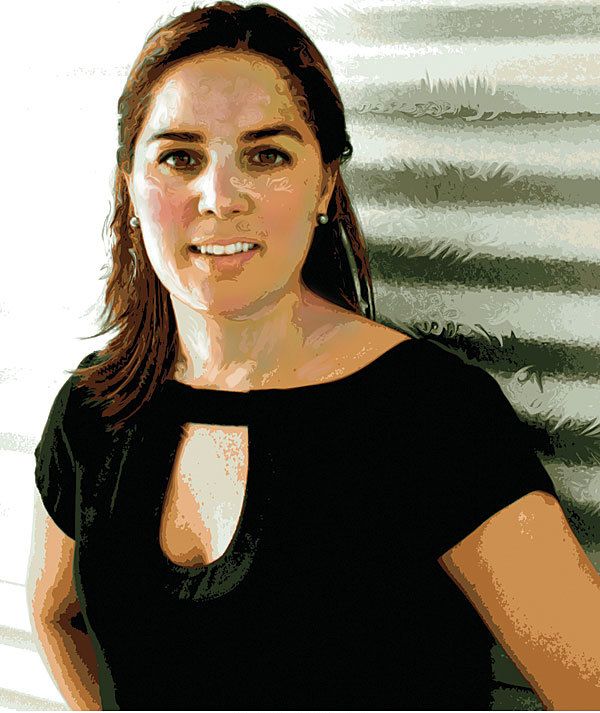
What led you to prefab design?
The bottom-line reason was my frustration that as an architectural designer, I could only control the design. I wanted to control how my designs were built as well as control construction costs. With prefab, I am able to influence how my designs are built, and I believe that I deliver a better quality product and service this way.
The project that encouraged me to establish my own modern prefab home line was the LV prototype, built in 1999 in Laguna Verde, Chile. That led to today’s LV Series of homes.
Who are your customers?
We cater to a lot of different demographic groups. In terms of sensibility, I think anyone purchasing our home has a modern, creative sensibility. They view and express themselves that way.
What is it about your homes that appeals to customers today?
I think what appeals to people is the modern aesthetic and the assurance that they’re going to get what they’ve bought. There’s a learning curve embedded in the building process that a lot of clients don’t want to be part of, so the predictability of design and also the affordability are assets. Modern design is usually anywhere from 15% to 30% more than normal stick-built, but in our case, it’s usually the same as regular stick-built. While it’s not the cheapest solution, it’s definitely an affordable way to get modern architecture.
Even though the price of a kit is around $39,000, the cost of the finished house can be much more. How do you prepare buyers for the fact that there are additional costs?
In the home-purchasing process, there are a lot of different chapters that as a consumer you have to go through. On our website, we have several brochures, including including Build the LV, which walks you through all the steps and breaks down all the costs and things that you have to factor into the cost of ownership that you might not contemplate. It gives you a step-by-step breakdown of what to factor into that cost so that clients can get a comprehensive idea of what to expect. We’re as transparent as possible because at the end of the day, a happy customer is a customer that knows what to expect.
We try to educate our customers so that they’re informed and aware of what to look out for, and hopefully, there are no surprises. It’s a big endeavor financially and emotionally. Once you’ve built it, there’s no way to erase it. It doesn’t go away. You have to treat the process with respect and take the time to understand exactly what you’re getting into.
What sort of feedback have you gotten from builders?
The feedback has been really good, actually. A lot of builders have told us that ours have been the best kit homes that they’ve ever put together. They’re impressed because some kit-home manufacturers don’t provide very good instructions or plans, or they do a poor job of labeling their components. They’re impressed by how well and clear and easy our homes were to put together.
What have customers done to the basic designs to individualize them?
The most popular change is always the kitchen and bathrooms. Some of our clients have combined models to create a different look.
How do you incorporate green features into a prefab home?
We have designed homes for clients who are completely off the grid, and for others who use solar power, passive solar, radiant heating, swamp coolers, water-catchment systems, and more. We regularly work with our customers to come up with creative green solutions.
Our homes are designed to be energy efficient. They have deep wall and roof cavities, which allow us to achieve remarkable R-values. The LV home has two 6-in. walls and achieves R-38; the roof achieves R-50. Because most heat gain and heat loss occur through the roof, the deep wall and roof cavities are a key design element.
What is the future of home building?
The future is in prefab and design-build firms. It is now much easier to manage these firms, and consumers understand the advantages in quality and service. With the continual advances in technology and resources, I can’t imagine a future in home building without them.
Illustration: Jacqueline Rogers

























